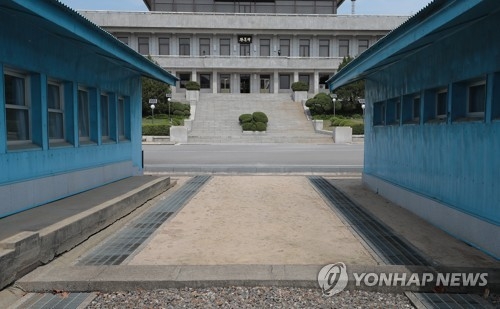



|
The globally-watched summit, the third of its kind, sends out a
positive signal for the denuclearization and reconciliation on the Korean
Peninsula, on which hinges the stability of Northeast Asia.
Different from the previous two inter-Korean summits,
respectively in 2000 and 2007, the latest meeting comes as desirable changes
have been taking place on the peninsula in recent months.
After the DPRK sent a sports delegation to the PyeongChang
Winter Olympics in February, Moon dispatched a special envoy to Pyongyang.
Then Kim paid a landmark visit to Beijing, his first foreign trip as DPRK top
leader, and CIA chief Mike Pompeo, US President Donald Trump's pick for
secretary of state, made a secret trip to Pyongyang.
What's more, last week the DPRK pledged to "discontinue
nuclear test and inter-continental ballistic rocket test-fire from April
21" and dismantle the northern nuclear test ground.
As an old saying goes, "Make hay while the sun
shines." Now the Korean Peninsula stands at a crossroad with a good
opportunity to move in the right direction towards complete denuclearization
and lasting peace.
To sustain the positive momentum, relevant parties should grasp
the opportunity, achieve a nuclear-free peninsula and replace the armistice
with a peace treaty.
In order to seek a way out of the quagmire and avoid falling
into the same trap again, it is imperative to address both the symptoms and
the root causes of the Korean Peninsula nuclear issue. That requires wisdom,
patience and bold resolve.
The "dual-track" approach proposed by China --
advancing denuclearization and meanwhile establishing a peace regime --
offers a fair, acceptable and reasonable path forward, taking into account
the interests and concerns of all parties involved.
Now with a "warm breeze" blowing on the peninsula,
hopes for lasting peace in the region are rising. It is time to give history
a nudge.
|